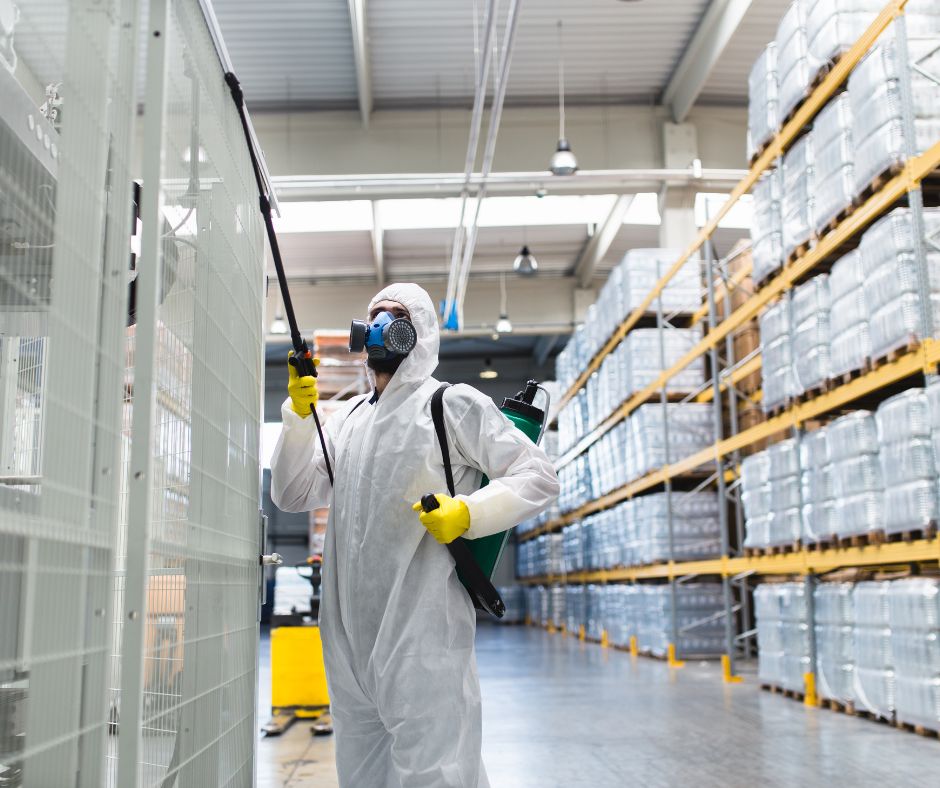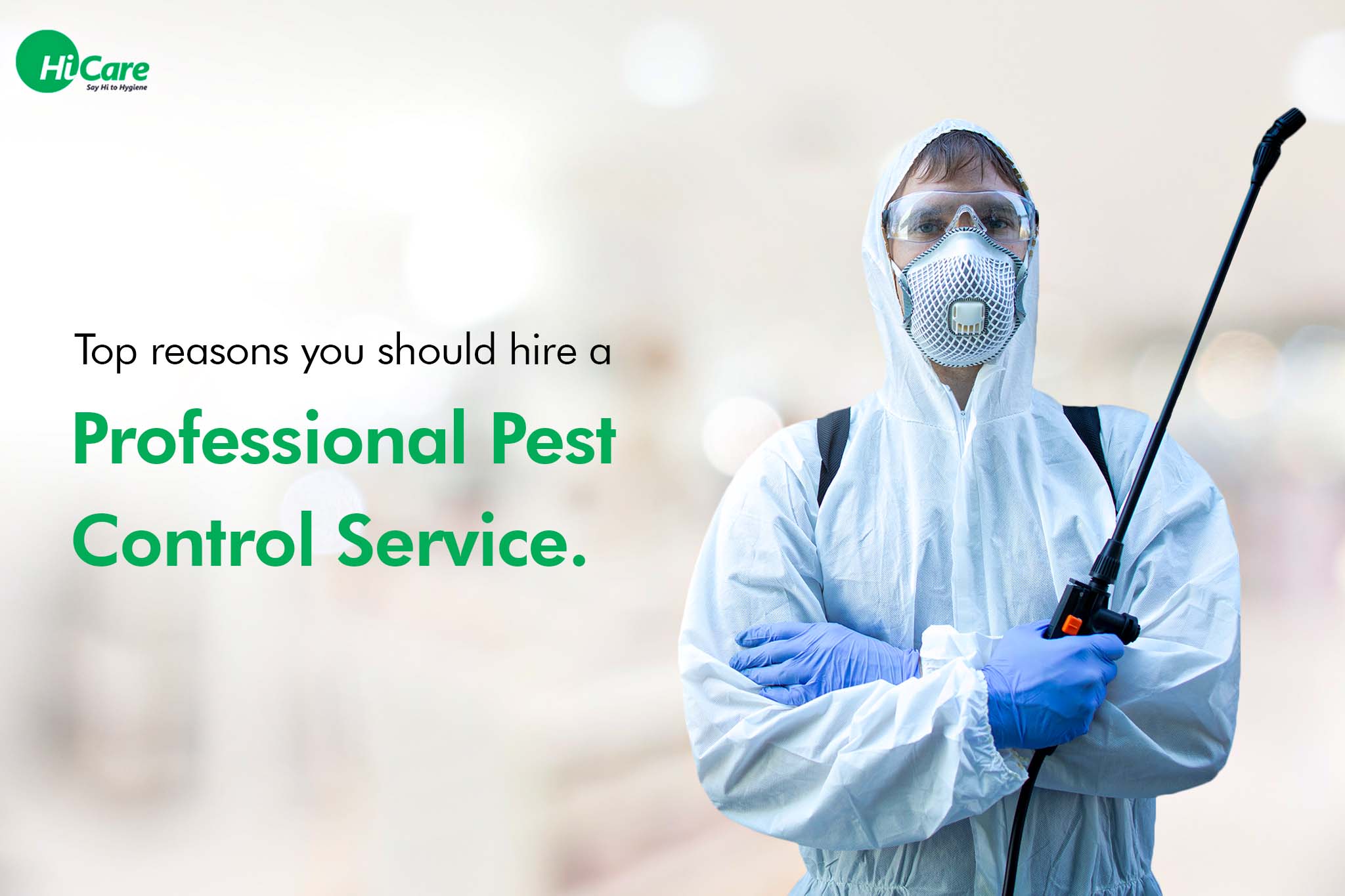How an Exterminator in Port Charlotte Can Safeguard Your Property from Pests
Discover the most recent Breakthroughs in Parasite Control and Exactly How to Carry Out Efficient Treatment Solutions
In the last few years, the field of pest control has observed significant advancements, driven by the need for sustainable and effective treatment solutions. Innovative strategies such as Integrated Insect Management (IPM) combine environmentally friendly experiment cutting-edge modern technology, improving both efficacy and ecological obligation. The assimilation of wise technologies and DIY techniques has empowered people to tackle pest concerns much more efficiently. As we explore these advancements, it ends up being vital to comprehend exactly how best to carry out these strategies in numerous setups to achieve ideal outcomes. The effects for pest management techniques could be transformative.
Eco-Friendly Parasite Control Options
Recently, the need for green parasite control options has risen as organizations and homeowners alike look for lasting choices to conventional chemical therapies. This change is driven by expanding environmental understanding and a need to decrease the wellness risks related to artificial chemicals.

Green pest control methods incorporate a variety of techniques that focus on using natural materials and methods. Integrated Parasite Monitoring (IPM) is one such method, combining biological, social, and mechanical techniques to take care of insect populaces while decreasing reliance on chemicals (Wildlife removal services). This holistic technique emphasizes prevention with environment adjustment and the introduction of natural predators, therefore cultivating a balanced ecological community
One more preferred choice is making use of organic pesticides derived from plants, which tend to be less damaging to non-target microorganisms. Products like neem oil and diatomaceous earth have actually gained traction for their effectiveness in regulating insects while posing minimal threats to human health and wellness and the environment.
In addition, exclusion techniques, such as securing entrance factors and maintaining tidiness, play a vital role in green bug administration. By embracing these lasting practices, individuals and companies can efficiently take care of pests while promoting a healthier world for future generations.
Smart Modern Technology in Insect Monitoring
Technology is reshaping the landscape of insect management, with smart modern technology becoming a critical pressure in boosting effectiveness and efficiency - Wildlife removal services. The integration of Internet of Points (IoT) tools, expert system (AI), and data analytics is changing exactly how insect control specialists come close to infestations
Smart traps outfitted with sensing units can spot parasite activity in real-time, sending immediate alerts to drivers. This permits prompt actions, minimizing damages and lowering the requirement for comprehensive treatments. In addition, AI algorithms examine historic information to forecast parasite habits, enabling aggressive interventions based upon environmental conditions and infestation patterns.
Drones and automated automobiles are additionally playing a significant function in insect management, providing aerial analyses of huge areas, identifying hotspots, and also dispersing targeted therapies. These modern technologies not just streamline operations yet also enhance safety by restricting human exposure to possibly harmful chemicals.
Additionally, mobile applications empower customers to monitor parasite activity and access specialist suggestions, cultivating a collaborative method to pest administration. In general, the adoption of clever technology is establishing a new criterion in bug control, highlighting data-driven decisions and lasting practices that inevitably profit both professionals and homeowners alike.
Integrated Bug Administration Approaches
Integrated Pest Management (IPM) employs an all natural strategy to pest control, integrating numerous methods to effectively manage insect populations while minimizing risks to human health and the atmosphere. IPM rotates around comprehending the pest life cycle, their natural adversaries, and the environment in which they prosper.
One of the essential parts of IPM is keeping track of pest populaces through routine evaluations and data collection. This allows for the recognition of pest limits, determining when intervention is required. Social techniques, such as plant turning, environment, and sanitation adjustment, are vital in minimizing insect frequency and advertising plant health.
Mechanical controls, including traps and obstacles, are also vital in IPM. These methods can literally eliminate or discourage insects without the usage of chemicals. When needed, the wise application of chemical controls is used, concentrating on targeted treatments that minimize ecological effect.
Education and partnership among stakeholders, including farmers, parasite control experts, and the neighborhood, are essential for the effective implementation of IPM strategies. By focusing on sustainable techniques, see page IPM not only addresses pest issues yet also cultivates a much healthier community.
Biological Control Methods
Countless biological control approaches are significantly recognized for their performance in handling parasite populations while advertising environmental equilibrium. These methods harness all-natural predators, bloodsuckers, and microorganisms to lower pest numbers without depending on synthetic chemicals. The intro of ladybugs can effectively manage aphid populations, while nematodes target soil-dwelling pest larvae.
Additionally, the usage of microbial pesticides, such as Bacillus thuringiensis (Bt), gives an eco-friendly pop over to this site alternative for handling caterpillar parasites. These products particularly target pest varieties, minimizing damage to beneficial bugs and pollinators. Furthermore, conservation organic control stresses enhancing environments for all-natural enemies, such as birds and helpful insects, thus motivating their visibility in agricultural systems.
Research study remains to disclose innovative methods within this area, such as making use of scents to disrupt pest mating patterns or the development of biocontrol agents with genetic modification. Applying these approaches can result in sustainable bug management methods that reduce the dependence on chemical treatments, inevitably cultivating much healthier communities. As understanding of these techniques expands, they are becoming indispensable parts of incorporated bug management (IPM) techniques, providing a balance in between reliable bug control and environmental stewardship.
DIY Parasite Control Solutions
As homeowners look for efficient ways to tackle parasite problems, DIY bug control services have obtained appeal for their access and cost-effectiveness. These approaches encourage people to deal with infestations making use of easily available products and techniques, frequently without the need for specialist intervention.

Additionally, maintaining correct cleanliness and regular inspections can prevent parasite entrance and nesting (Wildlife removal services). Easy practices, such as securing cracks, removing food resources, and decluttering, can dramatically reduce pest populaces. Traps, both homemade and readily readily available, can likewise offer reliable services for monitoring and managing specific parasites like insects or rats

Verdict
The assimilation of eco-friendly pest control alternatives, smart modern technology, and cutting-edge administration approaches offers a comprehensive method to efficient pest monitoring. By embracing Integrated Parasite Administration (IPM) and making use of biological control methods, together with DIY options, sustainable and liable insect control can be attained. These improvements not only improve the efficiency of bug management methods yet additionally add to a healthier setting. Carrying out these strategies fosters a balanced ecosystem while effectively addressing pest populations.
Eco-friendly insect control techniques include a variety of approaches that focus on the use of natural substances and practices. Integrated Insect Administration (IPM) is one such technique, integrating organic, social, and mechanical methods to take care of parasite populaces while reducing reliance on chemicals. As awareness of these techniques grows, they are becoming essential elements of integrated bug monitoring (IPM) strategies, using an equilibrium in between efficient pest control and environmental stewardship.
The integration of green pest control alternatives, smart innovation, and ingenious administration methods offers an extensive technique to efficient bug administration. By accepting Integrated Bug Administration (IPM) and utilizing organic control techniques, alongside DIY remedies, accountable and sustainable pest control can be achieved.